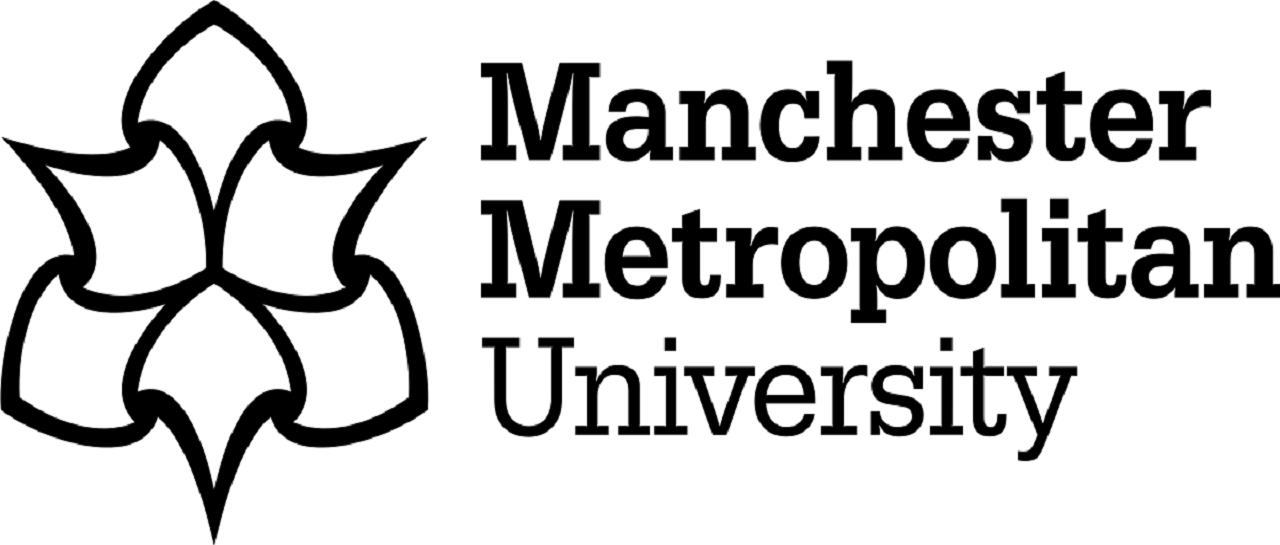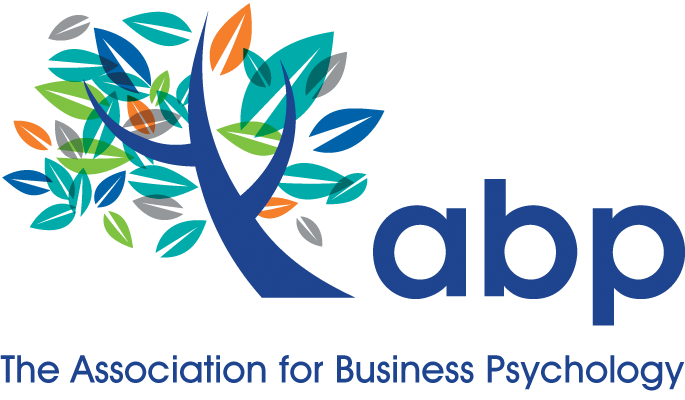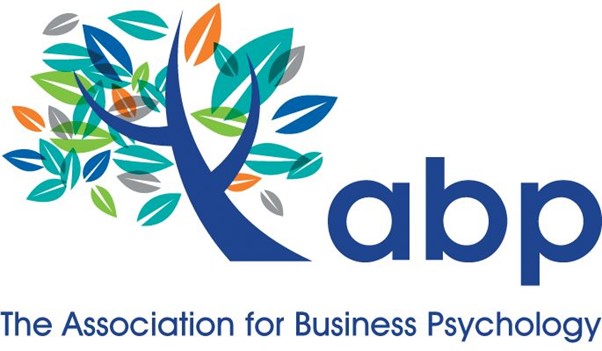Article based on webinar delivered October 2024 Author: Dr Rainer Kurz, Chief Psychologist, HUCAMA Analytics Ltd My 2024 Conference season was intensive preparing a dozen papers across 5 events including one at the ABP Conference in Denham. The enthusiastic folks at the ABP encouraged us…

Mark Crowder and Marilena Antoniadou
Senior Lecturers, Manchester Metropolitan University
Bringing fun into the workplace and its effects on job performance
1st October 2019
The ABP welcomed a presentation by Marilena Antoniadou and Mark Crowder of the Business Psychology unit at Manchester Metropolitan University in which they argued that fun at work, appropriately managed and supported can have a beneficial effect on engagement and productivity. Perhaps surprisingly, it is only within the last ten years that the concept has been taken seriously as being beneficial in the workplace.
How can Fun at Work be defined?
McDowell (2004) defines “Fun” as activities not specifically related to the job and are “enjoyable, amusing or playful”
Ford et Al (2003) considers it to be activities in the work environment that intentionally encourages, initiates and supports a variety of enjoyable pleasurable activities.
Why is it so difficult to have fun at work?
Some of the answer has to lie in the fact that the average pre-schooler laughs or smiles approximately 400 times per day. This drops to only 15 times a day by the time people reach age 35.
What is it that makes us laugh?
Ridiculous and unusual situations against a background of a normal set of circumstances. For example, the Laurel and Hardy sketch where they are drinking tea and behaving and laughing as if they were drunk, which they weren’t.
Why is laughter so beneficial?
Laughter releases endorphins – a chemical 10 times more powerful than the pain killing drug morphine. It has the same exhilarating effect as doing strenuous exercise and is as, of not more, beneficial to the body. It increases oxygen intake, increases immunity and relieves stress.
It is hard to have real fun in isolation: the best fun is when it is being shared. While it is not the foundation for a fun “Model”, the concept of the American Soap “Friends” where the main theme, having fun, is contagious, is an idea for a social construct in a working environment.
Is it fun where you work?
Does workplace fun matter?
Whiteley and Hassan in 1996 had demonstrated that it releases stress and breaks up conflict and tension.
Tews et al, in their 2012 research, concluded that fun has been labelled as important as a means for the attraction and retention of employees. It naturally follows that happy and engaged employees become ever more confident in working together as colleagues and dealing with customers. The conclusion of the research was that it:
* Attracts and retains employees (Tews et al, 2012)
* Generates greater employee and customer satisfaction (Karl & Peluchette, 2006)
* Generates trust and improves communication (Karl et al 2005)
* Reduces stress, breaking up workplace tension (Whitelely and Hessan 1996)
* It had a favourable impact on performance and reduced labour turnover (Tews et al, 2013)
The high profile presenters Jo Brand and Alan Titchmarsh are very happy in their roles and are efficient and excellent to deal with because they are communicators with consistency.
How is Workplace Recruitment affected?
A survey of 737 CEOs indicated that 98% preferred job candidates with a sense of humour (Hodge-Cronin research).
Another survey by Robert Half International found 84% thought employees with a sense of humour would do a better job. This unfortunately has been overshadowed by evidence that the majority of organisations recruit in their own image: in many cases this works well as new employees immediately feel comfortable in the organisation. However, it is fraught with danger as there is strong evidence that multi-skilled and multi-disciplinary teams are most effective.
Some indicators – you can’t be serious
Attitude to work and an ability to laugh are closely related. Evidence gathered by the University shows that there are strong indicators that employees can be approaching burnout.
A similar effect to burnout but with a different cause is the more serious problem known are “boreout”. This is the result of a compounding effect of problem after issue until even good engagement and motivation cannot overcome the malaise.
Linkages to Principles of Work
McDowell (2004) produced a four dimensional measure of “Fun” in the workplace. This includes socialising, celebrating, personal freedoms, and “Global Fun”, measuring whether there is a “Fun” work climate.
Work is clearly about being part of a team delivering a product or service. Taylor produced his famous thesis about efficiency and team working to maximise productivity. However, some lesser known but nevertheless equally important work was later undertaking by Fayol who developed his 18 principles of team working known as his “Esprit de Corps”.
According to Fortune, the 100 best companies to work include a “Fun” work environment as being one of the factors distinguishing superior performers from others in the list
What does fun involve?
A traditional view of fun might include
* Social events (holiday parties, picnics)
* Team building activities
* Team experimentation in productivity contexts
* Public celebrations of work achievements (Public recognitions)
* Recognition of personal milestones (e.g. public recognitions of birthday, weddings and anniversaries of employment)
However, it has been shown these ideas to be too contrived to be of any lasting and meaningful use to either the individual or the organisation.
The most effective ideas are those which are generated by those originating and implementing them. Some Specific ideas which have proved successful in specific circumstances include:
* Food – e.g. everyone bringing to work treats such as cake and ice cream
* Bringing pets to work
* Occasional casual dress days
* Amusement park excursions
* Playing games.
More general ideas include:
* Establishing a “Fun Committee”
* Fun Bulleting Board
* Humour Room
* Employee Contests – (baby pictures, guess who?)
* Having a Secret Santa – in July just before a works holiday
* Gifts – play trivia
Some examples from real workplaces
* Japan – company songs. These only work in more homogeneous and – only in supportive cultures and environments such as Japan
* Google – 20% of time is spent on non-google activities. The company also provides on site physicians and workplace leisure areas
* Virgin – flexible leave entitlement. Creating a working environment which is so lacking in stress that people waive their leave entitlement as it is not needed.
* Workplace fun can be situational. Just the simple process of allocating Nicknames to colleagues can be fun as long as it is achieved in the correct spriti.
The Dangers
* Perception. If it is perceived to be forced, cynicism can rapidly take over. An example is Thomas Cook staff trying to make the last flight memorable by having fun on the flight.
* Inconsistency. Consistency is particularly important – everything a manager does is a form of communication and requires consistency.
* Using humour to cover up stress without addressing the real issues. This can backfire very quickly.
* Culturally specific fun can result in misinterpretation and misunderstanding
* If the working environment is too serious, a “Fun Initiative” can be met with resistance (Fleming 2009). In this case a way forward may be to have an “Open Day” and introduce humour then.
* “Having Fun” is most effective during a period of positive cultural change. Time should be allowed for other initiatives to first develop trust and cooperation.
In conclusion
* The Use of Fun in the workplace needs to be specific to the circumstances and where introduced formally should be tailored appropriately. “It’s OK to be informal” but it has to be appropriate in nature for the circumstances and how it is used
* Care should be taking so that it is not misconstrued as bullying. Offence to ordinary or reasonable individuals should be avoided.
* It is meant to encourage people not undermine them
As Disney summarised, don’t work for a dollar: you work to create and to have fun. Work is something you do, not somewhere you go
RT
01 October 2019



